When you look at a deer, most humans think of the harmless herbivorous creatures munching on lush green grass, leaves, or eating fruits and nuts. Nevertheless, one interesting question is always on the minds of wildlife lovers: Do deer eat meat? Although this might seem strange, this is actually a kind of behavior and not a rare phenomenon.
In this blog, we will learn more about whether deer are the real herbivores or omnivores, why they sometimes eat meat, and what is evidence of such a phenomenon. And also, what does it mean to hunt or do wildlife management.
Are Deer Herbivores or Omnivores?
To answer this question, we need to explore deer biology and feeding habits. Deer belong to the Cervidae family, which includes popular species. Such as white-tailed deer, mule deer, moose, elk, and reindeer.
For centuries, these animals have been classified as herbivores. Their diet and digestive anatomy strongly support this classification.
Deer’s Natural Diet
Deer primarily consume vegetation, which includes:
- Grasses: Especially tender shoots during spring and summer.
- Leaves and Twigs: From shrubs and trees, particularly in winter.
- Fruits and Nuts: Apples, acorns, berries, and mast crops in autumn.
- Forbs: Non-woody plants like clover and wildflowers.
Deer are ruminants. Meaning they have a four-chambered stomach designed for breaking down cellulose in plants. Their gut microbes are specialized for fermenting fibrous plant material rather than digesting flesh.
If you want to know more details, check out other posts about what deer like to eat:
Are They True Herbivores?
Deer are obligate herbivores by design, with a digestive system specialized for breaking down cellulose in plants. However, the reality is more nuanced than this strict classification suggests.
While 90–95% of their diet is plant-based, studies and field observations indicate that deer exhibit opportunistic omnivory under certain conditions.
This means they occasionally consume animal matter when vegetation is scarce or nutritional demands spike, such as during harsh winters or lactation periods.
This adaptive flexibility is not predatory behavior but a survival strategy to obtain essential nutrients like protein, calcium, and phosphorus.
Do Deer Eat Meat?
Yes, deer do sometimes eat meat. But this happens far less frequently than plant consumption. They are not hunters or active predators, but they will scavenge meat under specific circumstances.
What Types of Meat Do Deer Eat?
In most cases, deer are scavengers, not hunters. They lack the sharp teeth, strong jaws, and predatory instincts required to actively kill prey. Instead, they take advantage of easy opportunities, such as accessible carcasses or nests, to fulfill short-term nutritional needs.
Documented evidence shows deer consuming a variety of animal matter, especially when plant food is scarce:
● Small Mammals: Rabbits, squirrels, and rodents are among the most common, often consumed as carcasses left by predators.
● Birds and Eggs: Deer have been observed raiding nests of ground-nesting birds such as quail, pheasants, and even songbirds, eating both eggs and hatchlings.
● Fish and Amphibians: In rare cases, deer feed on small fish or dead amphibians found along riverbanks or ponds.
● Carrion: They often scavenge leftover remains of deer, elk, or other animals killed by predators, harsh weather, or vehicle collisions.
● Insects: Protein-rich insects like caterpillars, beetles, and larvae supplement their diet.
How Frequently Does This Occur?
Meat-eating in deer is uncommon but not unheard of. It usually occurs when:
- Food Is Scarce: Particularly in late winter when plant matter is limited.
- High Nutritional Demand: Does during lactation or bucks during antler growth need extra minerals.
- Extreme Stress Conditions: Such as drought, deep snow, or habitat loss.
Evidence of Meat Consumption In Deer
Researchers, wildlife biologists, and photographers have documented several instances of deer consuming meat, confirming that while rare, this behavior is a natural survival mechanism:
A study published in the American Midland Naturalist titled “Scavenging behavior by white-tailed deer (Odocoileus virginianus) on songbird carcasses” documented white-tailed deer feeding on bird carcasses placed experimentally in northern U.S. forests. This peer-reviewed research showed that deer were among several scavengers feeding on protein-rich meat during the winter months.
Trail camera footage and observational studies have captured deer gnawing on animal bones. A behavior known as osteophagy is used to extract minerals such as calcium and phosphorus. These nutrients are essential for antler development in bucks and maintaining bone health.
Trail cameras have also caught deer eating bird eggs and nestlings from ground-nesting species like quail and sparrows, particularly when food is scarce or during early spring when plant growth is minimal. These behaviors are often noted by wildlife conservation organizations during habitat monitoring.
Will a Meat-Eating Deer Harm Humans?
No. A deer that eats meat does not become predatory toward people. Their body shape, rear‑pointing teeth, split hooves, and timid instincts all prevent them from launching an attack. Meat consumption in deer is purely opportunistic.
A survival adaptation triggered by food scarcity, not aggression or a shift to carnivorous behavior. There is no known case of a deer attacking a human due to its meat‑eating habits.
Instead, such deer remain highly wary of people and flee when approached. So while they may scavenge when times are tough, they pose no direct danger to humans
Why Would Deer Eat Meat?
If deer are built for plants, why would they go for meat? Here are the main reasons:
1. Nutritional Deficiencies
Plant diets can sometimes lack essential nutrients, especially during harsh winters. Meat provides:
- Protein: Vital for energy, tissue repair, and lactation.
- Calcium & Phosphorus: Critical for skeletal health and antler growth.
2. Energy Boost During Scarcity
During long, cold seasons when fat reserves run low, meat offers a high-calorie source to sustain survival.
3. Instinctive Adaptability
Deer evolved to survive unpredictable environments. Opportunistic feeding ensures flexibility when plant food is insufficient.
Is Meat Beneficial or Harmful to Deer?
The question of whether meat is beneficial or harmful to deer is an interesting one.
On the positive side, consuming meat can provide deer with extra protein and essential minerals, especially during times of nutritional stress, such as harsh winters when food is scarce.
This additional nutrition can significantly increase their chances of survival when conditions are tough.
However, there are also risks associated with eating meat. One major concern is the potential exposure to pathogens found in carrion, which can lead to diseases that could harm the deer population.
Deer are not naturally adapted to consume large amounts of meat, so eating it can cause digestive upset. Their stomachs are designed for a herbivorous diet, primarily consisting of plants, so eating too much meat can lead to digestive issues.
Overall, while there are some benefits to deer consuming meat, the risks often outweigh these advantages, making it a complex issue in wildlife nutrition.
| Benefits | Risks |
| Extra protein and minerals during nutritional stress | Exposure to pathogens from carrion |
| Increased survival chances in harsh conditions | Digestive upset since their system is not adapted to large amounts of meat |
How It Affect Deer Wildlife Management?
Knowing that deer occasionally eat meat can influence management strategies:
- Supplemental Feeding: In harsh winters, wildlife managers might provide mineral blocks and protein supplements instead of relying on natural forage.
- Population Control: Understanding adaptability helps maintain balanced ecosystems without over-reliance on artificial feeding.
For hunters, this behavior has minimal impact on hunting techniques, but it underscores deer’s survival resilience, making them even more fascinating.
What Animals Eat Deer?
Despite their occasional meat snack, deer are primarily prey, not predators. They play a crucial role in the food chain, providing sustenance for several carnivorous species.
Top Deer Predators:
- Wolves and Coyotes: Dominant predators in North America that often hunt in packs for efficiency.
- Mountain Lions and Cougars: Expert ambush predators, using stealth and power to take down adult deer.
- Bears: Opportunistic feeders that primarily target fawns during spring and early summer.
- Humans: Responsible for the largest number of deer deaths through regulated hunting and accidental vehicle collisions.
Young fawns face the highest predation risk, while adult deer rely on keen senses and speed for survival.
Their brown and gray coats allow them to blend seamlessly with their seasonal surroundings, providing effective camouflage. When threatened, deer can sprint at speeds of up to 30 mph and leap nearly 10 feet high to evade danger.
Additionally, living in groups enhances their vigilance, reducing the risk of surprise attacks from predators. This combination of physical adaptations and social behavior helps ensure the survival of deer in the wild.
Predation pressure shapes deer behavior, influencing feeding times, movement patterns, and habitat choices. Making them constantly alert to threats in their environment.
Do Deer Eating Meat Pose Ecological Concerns?
Ecologically, occasional meat consumption is negligible compared to their primary role as herbivores. However, this behavior underscores the importance of habitat preservation and winter feeding programs to reduce stress-induced behaviors.
When natural food is scarce, deer may scavenge, potentially impacting bird populations or spreading disease from carrion.
Maintaining healthy ecosystems with diverse forage minimizes these rare but notable shifts in feeding habits, ensuring that deer remain balanced contributors to their environment rather than opportunistic scavengers.
Conclusion
So, do deer eat meat? Yes, but rarely, and only when necessary. Deer are fundamentally herbivores, thriving on grasses, leaves, fruits, and nuts. Yet, when faced with nutritional stress or scarcity, they exhibit opportunistic omnivory, consuming small animals, birds, fish, or carrion for survival.
This adaptability reflects nature’s complexity and resilience. While a deer munching on a bird or gnawing on bones might seem shocking, it’s simply another example of wildlife doing what it takes to endure harsh conditions.
For hunters, wildlife managers, and nature enthusiasts, this fascinating behavior reminds us that animals are more adaptable than we often realize. The understanding of these nuances is key to responsible conservation.


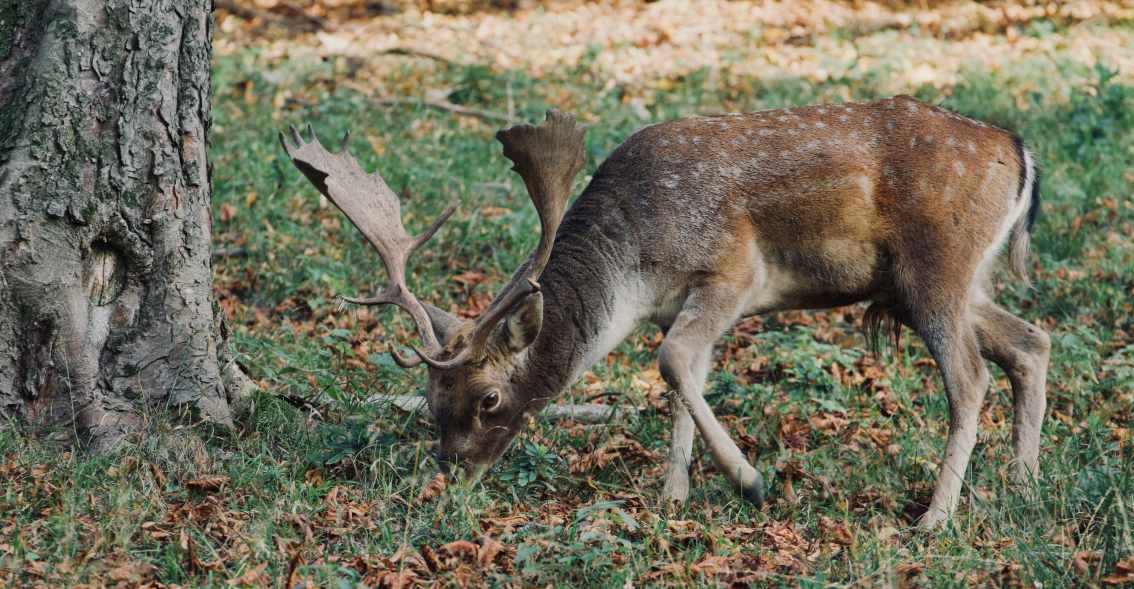
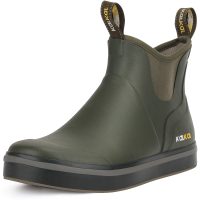




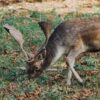
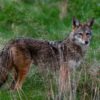
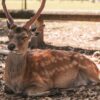
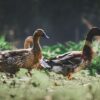
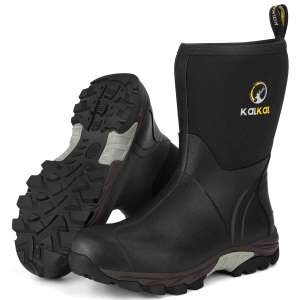

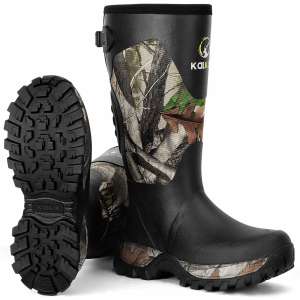
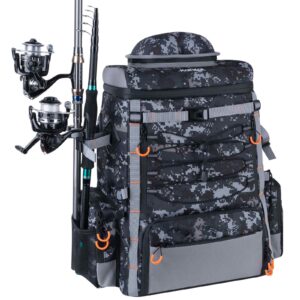



Leave a reply